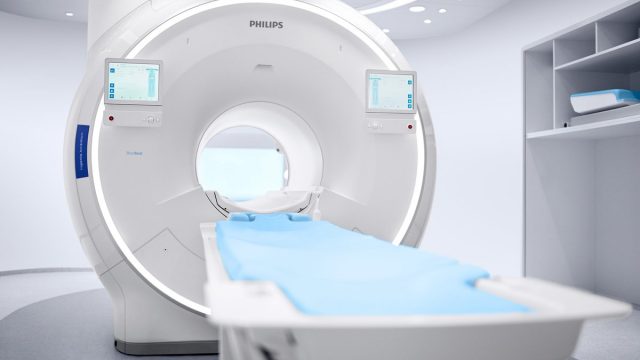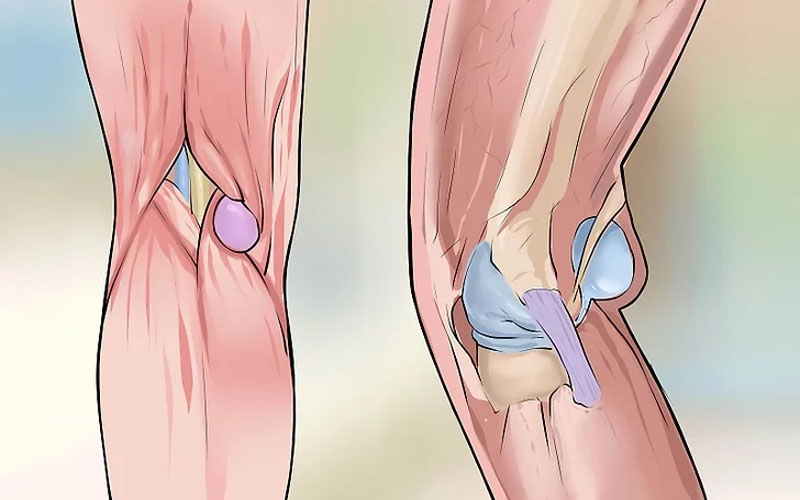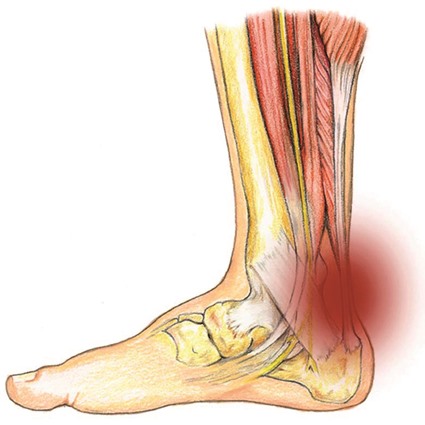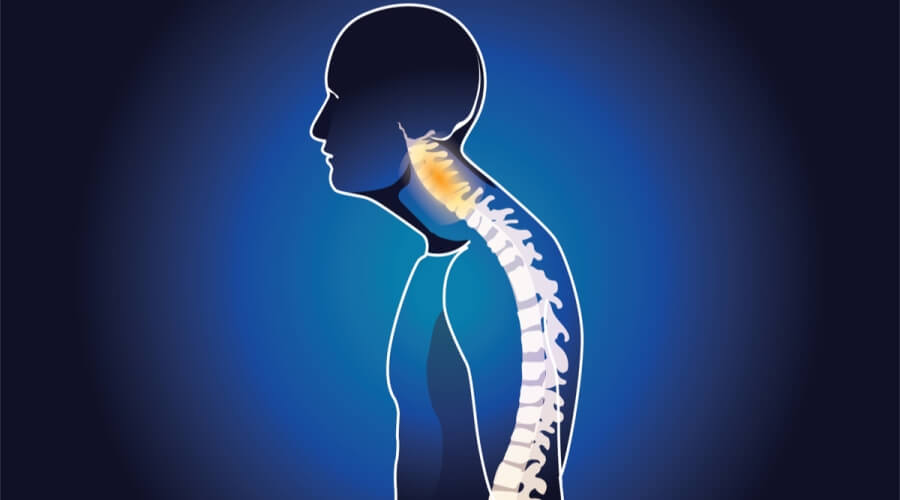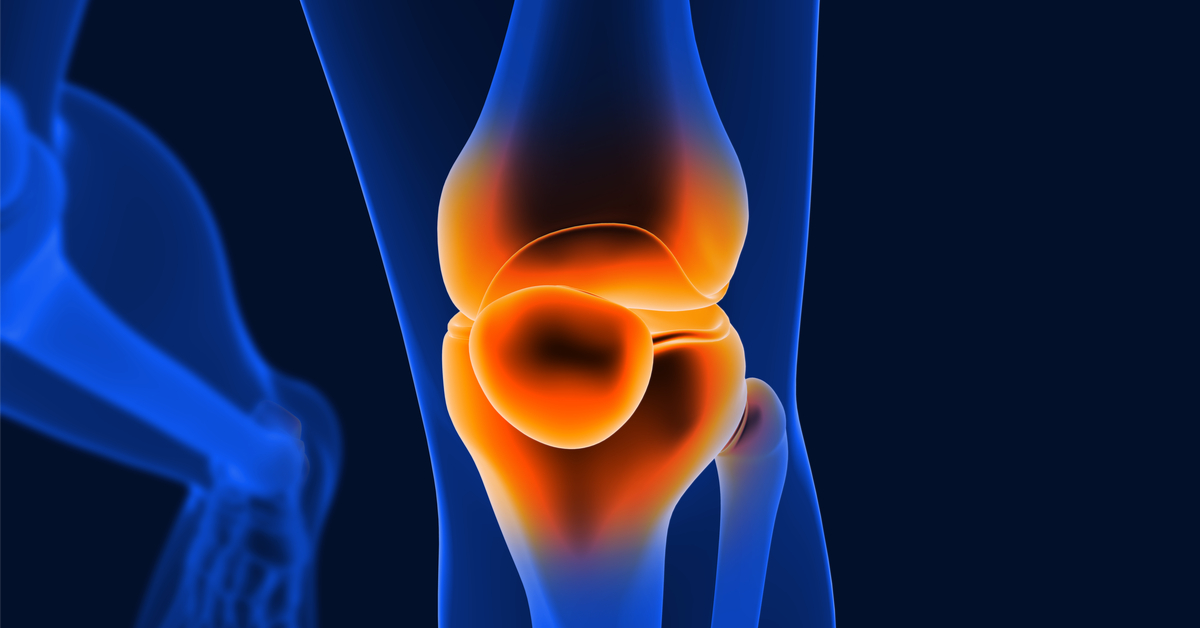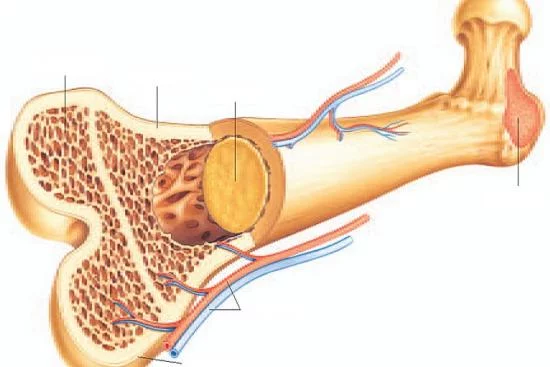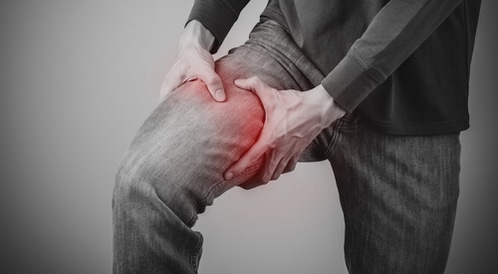What is gout?
Have you ever wondered if you have gout or not? Individuals may be exposed to gout symptoms without realizing what they are facing and striving to diagnose their pain without resorting to a specialist. In the following article, we will learn about the causes of this disease and how to deal with it, so let us read the following.
What is gout?
Gout is a type of arthritis that attacks the individual without any prior warning and causes severe pain and heat in the affected joint, accompanied by swelling in many cases. This occurs as a result of an increase in the level of uric acid in the blood and its formation of borates that are concentrated around many areas of the human body.
Many methods are followed in order to treat gout or alleviate its symptoms, and this patient mostly affects the category of elderly people, and the percentage of infected men is much greater than in women, and it is not common among children at a large rate.
Symptoms of gout
- The presence of severe joint pain: it usually begins with the big toe, but it may most likely be present in any other joint, such as the ankles, knees, elbows, wrists, and fingers, and the pain takes from 4 to 12 hours to reach its peak.
- Feeling of discomfort: When the pain reaches the most severe stage and disappears, the patient continues to feel a state of discomfort in the joints for a period that starts from a few days and may reach weeks.
- Inflammation and redness: The affected joints are greatly swollen and accompanied by heat in the area of pain and severe redness.
- Limited range of motion: If gout symptoms are not dealt with seriously from its inception, things get worse and the patient becomes unable to control the joints, which makes movement abnormal.
Symptoms of gout in the knee
What affects the knee in most cases is pseudogout, and its symptoms are very similar to regular gout, in terms of the presence of infections, severe pain, redness, and heat in the affected area, and there is no recognized reason for pseudogout.
The scientific name for pseudogout is considered a disease of calcium pyrophosphate accumulation, as it also occurs as a result of the occurrence of deposits around the joint in a crystalline form, regardless of the fact that the deposition is different in both cases, and the elderly are more susceptible to it, and there is no decisive medicine for it entirely, but rather that medicines are taken only in order to calm the symptoms and limit their development.
Symptoms of gout in the feet
When a patient has gout in the feet, he begins to feel a lot of pain in the knee area, toes, and many other areas, and if he does not start receiving appropriate treatment as soon as he realizes that he has gout, this may affect his ability to walk normally.
The individual suffers from gout in the foot as a result of an increase in the proportion of uric acid in the blood, which causes the formation of borates surrounding the tissues surrounding the joints and some other areas, and it may begin to appear in the big toe and may spread to many other areas.
Symptoms of gout in the heel of the foot
There are many symptoms from which we infer gout in the heel of the foot, where the patient is unable to walk normally because he suffers from severe pain in the heel and this is accompanied by redness and severe inflammation accompanied by heat in the area.
One must, immediately after feeling these symptoms, start receiving the treatment prescribed by the doctor and not ignore the matter so as not to exacerbate the problem and affect the ability to walk normally, especially if the sick person suffers from obesity and is not able to bear the pressure on the heels of the feet.
Symptoms of gout in the urine
When the percentage of uric acid is greater than the normal rate in the body, none of the common symptoms may appear and one does not realize the presence of gout in that case, but when the uric acid level begins to increase continuously without receiving proper treatment, this causes many health problems such as gout and kidney stones, and there are symptoms specific to each of them, such as:
Gout associated with high uric acid
- The presence of severe pain in the joints accompanied by swelling.
- Note the presence of extreme heat in the affected area.
- Change the color of the skin surrounding the joint and it tends towards redness.
Kidney stones associated with high uric acid
- Feeling severe back pain.
- Pain in the side
- The urge to urinate frequently over a short time.
- The urine becomes cloudy or has a few drops of blood.
- The smell of urine becomes strong.
- A severe feeling of nausea and the desire to vomit.
How do I know that I have gout?
You must be aware of the symptoms of gout well in order to be able to start receiving treatment early and avoid serious complications that may affect you, and here are some symptoms that if you encounter them, you undoubtedly have gout:
- The presence of severe pain in the joint lasts for long periods and intensifies from the onset of pain until 12 hours have passed.
- A feeling of discomfort and a sense of joint problems even after the pain attacks have ended.
- You become unable to move the joints normally.
If any of these symptoms have occurred to you, you should immediately go to the specialist doctor in order to start receiving appropriate treatment before things get worse.
What is the best treatment for gout?
Many doctors prescribe gout treatment, either in order to reduce the severity of the pain attacks that afflict the patient or to prevent the development of the disease uncontrollably in the future, and although there is no definitive cure for gout, following a healthy lifestyle is one of the best ways to reduce the complications of the disease, here are some suggestions:
- Ensure that the doctor’s instructions are well adhered to and that medications are taken on time.
- Introducing large amounts of water into the body in order to maintain good hydration.
- Do regular exercise, taking care not to stress the joints.
- Avoid smoking completely and prevent drinking alcohol.
- Avoid obesity and try to maintain an ideal weight.
- Replacing processed hydrogenated oil with natural fats that are lighter and healthier.
Treatment of gout with salt water
There are many methods that people use to treat gout and relieve its symptoms, in addition to many medications and prescriptions, there are some natural methods that can be very effective among many people.
One of the most famous of these therapeutic methods is the use of water and salt, and this matter greatly contributes to reducing the severity of symptoms and feeling comfortable, as the affected area is placed in warm water with two cups of Epsom or salt added.
This method is one of the most famous and easiest home recipes that a gout patient can rely on in case of severe pain that he cannot bear.






